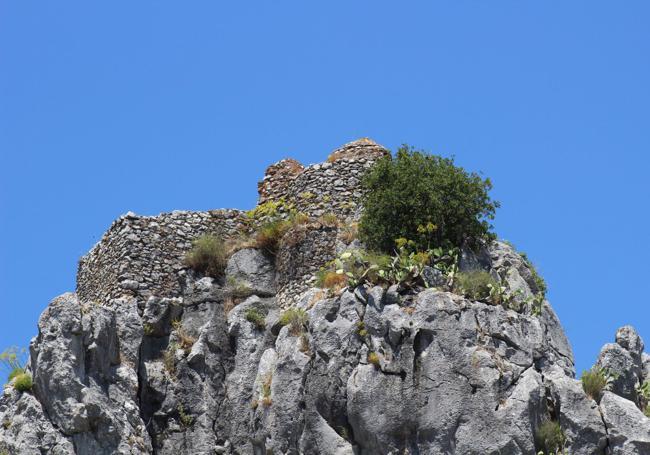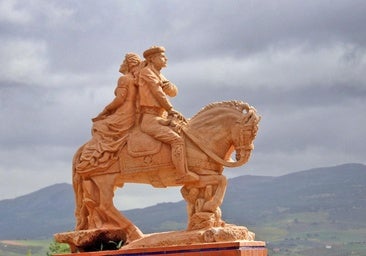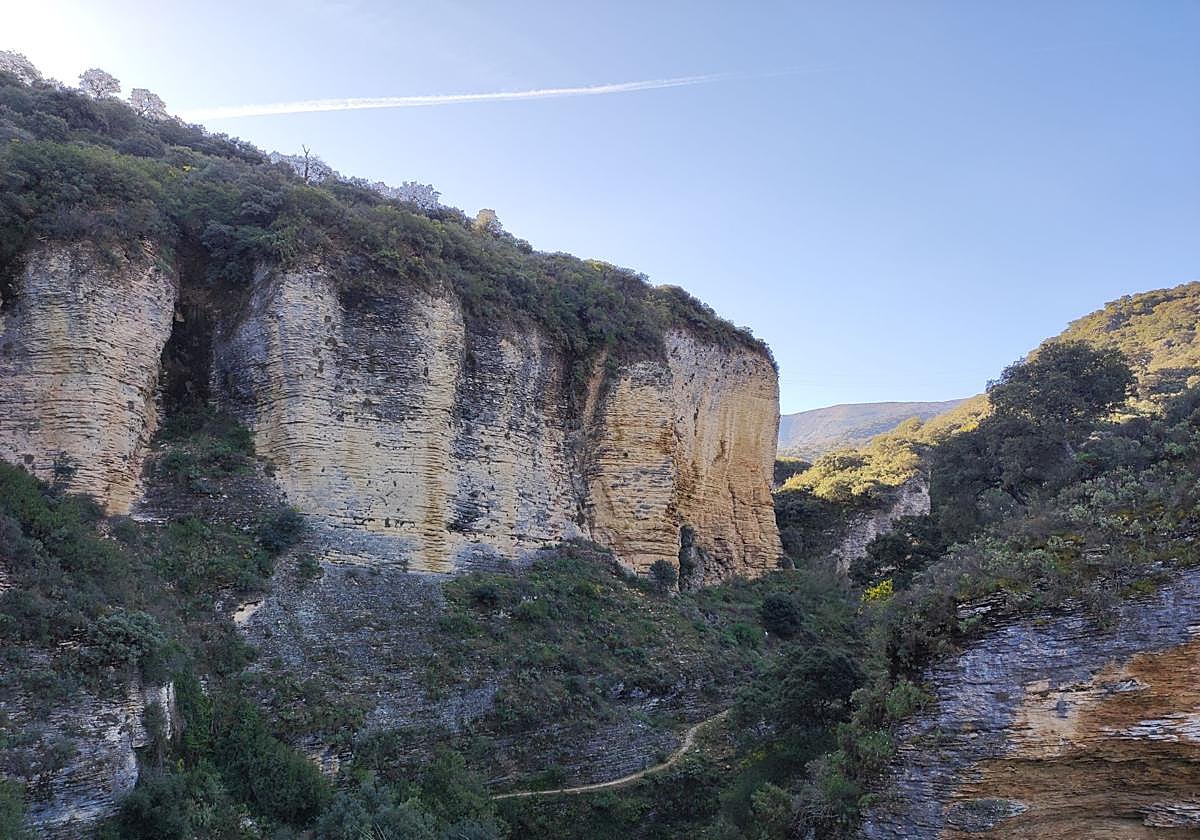Romantic travellers' route revived in Malaga: an enchanting walk through history and nature
From Gibraltar to Ronda, this hiking trail was well-trodden in history and is now being restored for tourists to enjoy some of the villages en route like Gaucín, Benarrabá, Alpandeire and Atajate
The El Águila castle in Gaucín, where legend claims Guzmán El Bueno met his death, or the tales of bandits who roamed the rugged mountains hereabouts are some of the stories that make up the legacy surrounding this part of southern Spain, a legacy that seems certain to be enhanced by the recovery of this walking in the Serranía de Ronda so loved by the Romantics and artists of the 19th century.
It is an itinerary based on the so-called Camino Inglés (English Way) that starts in Gibraltar, which was the place where many travellers (including writers and artists) disembarked to make a foray into Andalucía, passing through the mountain town of Ronda.
This route, which will soon be fully signposted as the 'grand tour' it once was, with stages suitable for both hiking and cycling, will start from the El Secadero district of Casares and will then pass through Gaucín, Benarrabá, Algatocín, Benadalid, Benalauría, Atajate and Alpandeire in that order.
From this last village, where the native owl population has also been recovering in recent months, there awaits the weary hiker on the very last leg of the journey to Ronda. Back in the times of the Romantics, from the first half of the 19th century, Ronda was the place that captivated such illustrious travellers as Washington Irving, Antoine de Latour, Anatole Demidoff and Edmond Boissier.
The itinerary, which starts from many paths that are already approved as hiking trails, will be a new 'gran senda' (major route) for Malaga province, covering a total distance of 58 kilometres, which is the distance between El Secadero, on the border with the province of Cadiz (opposite this district of Casares is the small Cadiz town of San Martin del Tesorillo) and Ronda.
The first section of the Camino Inglés fully within Malaga's borders runs for several kilometres alongside the Guadiaro river. From El Secadero, you'll head towards Gaucín along this riverbank as far as Los Nogales, where a legendary inn once stood - right at the point where the Genal river joins the Guadiaro. Before reaching Gaucín, where the aforementioned castle of El Águila stands, you will pass the Almedinilla fountain, where religious legend has it that the infant Jesus appeared to San Juan de Dios in the 16th century.

From Gaucín the route, which partially coincides with the route of the Almoravids and Almohads, follows a path that never loses sight of the Rock of Gibraltar, but heads through the Genal Valley towards the monuments of Ronda.
First stop-off is Benarrabá, where an Andalusian legend traces the origin of the colour crimson to this spot. After exploring its labyrinth of narrow streets and views of the valley, you can see how to reach Algatocín as the next landmark on this trail. This is where the Calvario hermitage awaits visitors, one of the places where you can usually see the Rock clearly and where, according to the undocumented history of local talk, some sailors were saved from shipwreck.
Benalauría and Benadalid are the next stops along the route. As with the other stop-offs, there are paths that serve to bypass walking or cycling on the main Ronda-Algeciras road, so you can walk, cycle or even ride a horse along lanes or paths better suited for these purposes. In the first of these villages, the town hall, which dates back to the 18th century, is still preserved and in use as a municipal building. Benadalid is particularly proud of its castle, which is of Arab origin but was rebuilt just over three centuries ago.
The next stop will be Atajate, where there are barely any traces of its ancient castle, but there is an important intangible legacy around 'mosto', the most traditional wine of the area for centuries made from grape must. This village, which is the least populated village of Malaga province, boasts of having the name or nickname of its owners on every house.
From Atajate you can reach Alpandeire via the last section of the hiking trail named after Fray Leopoldo, who was born in Alpandeire in the Serranía de Ronda in 1864, died in Granada in 1956 and beatified by the Catholic Church in September 2010.
From Alpandeire, the only thing left to do is to head towards Ronda along an existing track that is thrilling in terms of both history and scenery, as it passes right by the dolmen of Encinas Borrachas and brings you to the foot of the Tajo del Abanico path. A great prelude before climbing up this path that leads into the old part of Ronda town where it crosses the famous gorge, a 'city of dreams' that so many romantic travellers fell in love with some two centuries ago.


